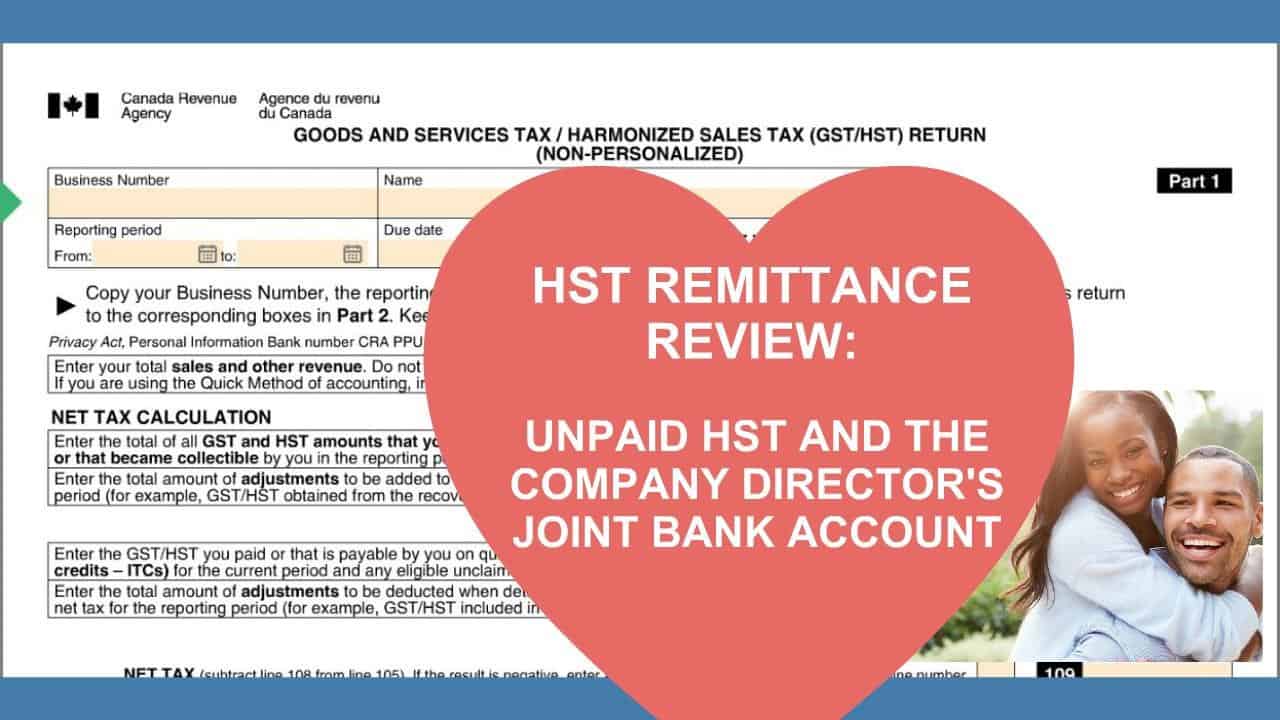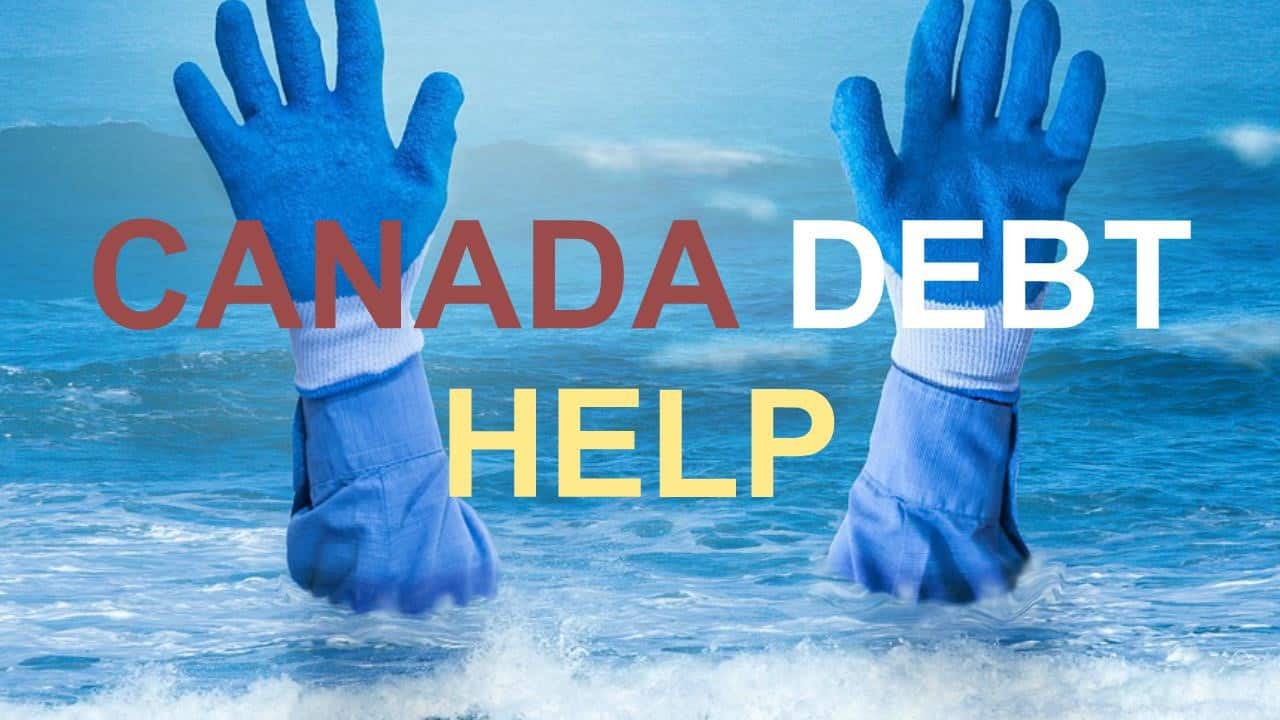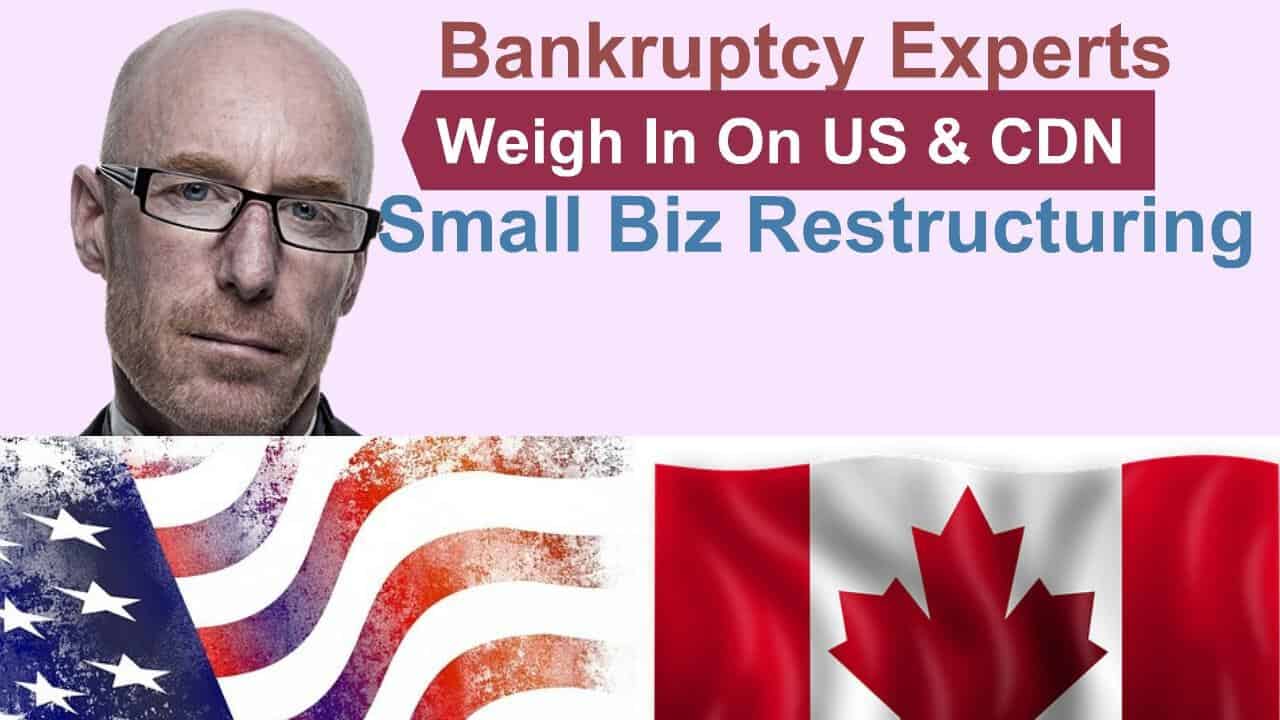 The Ira Smith Team is absolutely operational and Ira, in addition to Brandon Smith, is readily available for a telephone consultation or video meeting.
The Ira Smith Team is absolutely operational and Ira, in addition to Brandon Smith, is readily available for a telephone consultation or video meeting.
Stay healthy, well balanced and safe and secure everyone.
Introduction
It has now been two months since the COVID-19 pandemic state of emergency. I have spoken to many people who have contacted me about either their personal financial situation or their business financial condition. For entrepreneur’s it is both as their business and personal lives’ are totally intertwined and interdependent. In Brandon’s Blog, I provide my 5 best how to save money in Canada pandemic hacks. These tips answer the most frequently asked questions I have encountered.
Everyone has questions about their money. There is so much uncertainty. People want to know what to do. It’s such an unprecedented time in Canadian history and the economy for everyone. It is worrisome for everyone when considering their finances. Everyone is worrying about everyday household expenses, their budgets and their wallets.
It’s so stressful for so many people. Of course, a lot of people have already lost some or all of their income and even people who haven’t are worried that they’re going to.
So across the board, people have a lot of anxiety.
Hack #1 – Cut back on spending and control what you can
Thankfully, by staying at home, it makes it easy to scale back on our spending. DO NOT use online shopping as a new hobby or just something to do because you are bored. Brighten your spirits right now by knowing that your spending has lowered because we are not leaving our house. There is a lot of spending that has naturally dropped. Things like restaurants and gas spending. Admittedly, if you own a restaurant or gas station, this will not lift your spirits.
Even if you used to buy lunch going to work all of that has stopped. So, if you are one of the lucky ones to still be working and have all or most of your income, that means that you have a chance to put money into savings instead of spending. You obviously know that you cannot live through a lockdown without groceries. However, I am sure that you know many ways how to save money in Canada on groceries.
That helps control what we can, which is building up emergency savings funds and protecting ourselves because really no one knows what’s going to happen. This will help so many people reduce their stress levels.
Hack #2 – Getting income for the unemployed
I want to talk about the unemployed right now. Those who have lost their jobs are the most devastated. The Statistics Canada April 2020 Labour Force Survey tells us how bad things are.
After a drop of over 1 million in March, employment fell by almost 2 million in April, bringing the complete jobs decrease since the beginning of the COVID-19 shutdown to over 3 million.
The variety of people who worked less than half of their normal hours for factors related to COVID-19 raised by 2.5 million from February to April. As of the week of April 12, the advancing result of the COVID-19 economic closure, the number of Canadians that were either not working or working considerably minimized hours, was 5.5 million
In April, both full-time (-1,472,000; -9.7%) as well as part-time (-522,000; -17.1%) employment dropped. Job loss since February amounted to 1,946,000 (-12.5%) in full-time jobs and 1,059,000 (-29.6%) in part-time work.
The magnitude of the decrease in work since February (-15.7%) surpasses decreases observed in the previous labour market slumps by a wide margin. As an example, Stats Canada reports that the 1981-1982 recession resulted in an employment decrease of 612,000 (-5.4%) over roughly 17 months.
The April jobless rate would be 17.8% when counting certain groups who were not counted as jobless for reasons specific to the COVID-19 financial shutdown. During the week of April 12, 1.1 million people were not in the workforce however had been working just recently (in March or April) and wished to continue working. They were not counted as out of work yet were counted as not in the workforce because they did not search for work, probably because of recurring business closures and also very limited chances to find brand-new work.
If you are someone who recently lost your job you have no income, the traditional personal finance rules have just gone out the window because we’re in crisis mode right now. A lot of people just have to do what they can to get food for their families.
For the unemployed, it is more about getting income. Without income, you have no cash. You have to try to figure out how to save money fast! For income right now, the reality is that you need to look at the government assistance programs. Canada’s COVID-19 Economic Response Plan includes:
- Streamlining of access to Employment Insurance.
- Temporary wage top-up for low-income essential workers.
- Increasing the Canada Child Benefit.
- Special Goods and Services Tax credit payment.
- Extra time to file income tax returns
- Mortgage payment deferral.
- Canada Emergency Response Benefit (CERB).
Hack #3 – How to save money in Canada right now – Use your telephone to defer debt payments
Right now it’s all about prioritizing. One of the first priorities is the basic needs that you and your family have. So many have to choose between buying groceries, paying for your housing, your rent or your mortgage, and the credit card bills. If you absolutely cannot make your rent or mortgage payment, or your credit card payment, your first call should be to your landlord, your Bank/mortgagee and/or the credit card company.
They all understand what people are going through because of the coronavirus pandemic. They see it in their business daily. There are some options right now. Some companies because this is such a unique time are offering different flexible programs. They are allowing you to pay to defer and pay later. Some are freezing things and are waiving late fees and penalties. While it is true that later it may be tough to come up with payment for both the arrears and your then-current payment, these are unprecedented emergency times. Right now, you can only worry about now. There will be lots of time later to figure things out. You have to survive right now in order to have a chance of being successful later.
Do you really want to make the call first if you know that you can’t pay? Definitely yes. Don’t force your creditors to hunt you down. It is better to be open, forthright, honest and caring. Let your landlord, mortgagee, credit card company know that you understand they are expecting money from you. Tell them what is happening right now to you and your family because of the shutdown. Feel confident. The courts are closed right now and in Ontario, residential evictions cannot take place because the Landlord and Tenant Board is also shut down. So don’t feel you are in a position of weakness. Your creditors are right now as helpless as you are.
Hack #4 – Relax, the old rules don’t really matter right now
Feel comfortable relaxing some of the old rules that we normally live by. For example, usually, we tried not to run up spending on our credit cards. A general rule of thumb is to keep your overall spending below 30% of your total spending limit on your credit cards. Well, that kind of rule really goes out the window at a time like this when you have to make sure you have the food and the other basic necessities for you and your family covered off.
People who are unemployed and have no income right now need to use those credit cards to make sure they are keeping up with those basic necessary expenses. You need to know that you can have those basics right now. So it’s a matter of faith in protecting your family versus running up credit card bills. There is no choice, so you need to relax and do what you need to do. Just worry about how to save money in Canada. Again, if you cannot survive today, there will be no tomorrow.
Hack #5 – Forget about your credit score
It is human nature to always worry about your credit score. Every insolvent person I meet worries more about the impact of the debt settlement plan I recommend on their credit score than on the plan itself! If you need to run up your credit card purchases to buy those necessities and know you cannot pay for it right now, you have no choice.
You can worry about rebuilding your credit score later. Start rebuilding your credit and paying off debt after this crisis passes. We are at a really unique time where we need to draw on whatever resource it is that we have. So if you have the credit, if you have the ability to access something like a credit card, now is the time to take advantage of that.
Instead, focus on how to save money each month.
Hack #6 – Retirement savings
Some people are lucky enough to both still have your full-time employment and you have a company-sponsored pension plan. For them, income and retirement savings continue as normal. But unfortunately, they are not the majority.
If you do not have any job income right now, you are worried about the here and now. You are worried about contributing to your RRSP or TFSA. If you regularly contribute to your RRSP and/or TFSA and you still have your income, you need to make sure that you first cover off saving for your cash emergency fund. After that, do some budgeting and cash flow analysis to see if it makes sense right now for you to keep contributing to your retirement savings plan. If you can, you are one of the lucky ones.
People who have retirement savings are asking if they should dip into those right now just to get through this crisis period. Unfortunately, right now, the Federal government has not implemented a plan to allow Canadians to withdraw from their RRSP on a tax-free basis. So, the normal taxation rules apply. The Canadian government already has models as to how such a plan can work; think Home Buyers’ Plan and Lifelong Learning Plan. So far this model has not been implemented for RRSP.
So, if you have to dip into your retirement savings and you have a TFSA, that is the preferred retirement saving source. You will need to understand how withdrawals and later deposits work for a TFSA. But for now, that source of cash is tax-free. You can withdraw your cash any time you want it from a TFSA. You do not lose the contribution room when you make a withdrawal. You can recontribute that total to your TFSA the next year or any year after that.
Hack # 7 – Emergency cash savings fund
What is this moment like for you? Should you be saving more? Should you be keeping your expenses where they are? Even people who still have their income, who haven’t seen any major change to their finances are so worried and anxious about what may come
Maybe their job will soon disappear. Will companies need all the people they still have when we get to the “new normal”. That’s a huge worry on people’s shoulders. So now it is a really good time to shore up your emergency savings.
I always recommend people have between 3 to 6 months’ worth of expenses saved away. I know that most Canadians don’t. Many have not even tried. Right now is where the rubber is meeting the road. Those who have an emergency savings account are still worrying, but at least they know by being prudent, they can weather this for some time.
If you still have income, 3 to 6 months sounds might seem daunting and pretty impossible. It is starting to have a proper attitude and behaviour that is more important right now than the actual amount. You can start with something much smaller. Try putting aways $500 in the next month for emergency savings. At least you know that if you need it if suddenly your income reduces or disappears, you have a little bit of a cushion to help you get through that time.
So try to increase some of those emergency savings. Put away whatever you can because we don’t know what’s coming next right? There’s a lot of uncertainty about what’s ahead. Perhaps you can come up with some creative ways to save money.
Hack #8 – Your stocks
I am not a financial planner to those who have investments in the stock market. However, someone recently did ask me a question about their stock portfolio while talking about their debt problems!! I did eventually ask them the obvious question which is why they have not sold stocks in order to pay off their debts. Their answer was because, until the state of emergency, they had capital gains and didn’t want to have to pay tax. So instead, they have been struggling and worrying.
Now, they don’t have capital gains, they have capital losses. Now they want to know should they sell their stocks to pay down a portion of their debt? They wanted to know how they should look at it?
I asked him 3 questions:
- If you sold off all your stocks now, what percentage of your debt would the net proceeds pay down? 100% or less?
- Did you invest in the long term and your retirement in solid dividend-paying stocks or are they in speculative investments where you are banking on big price gains?
- How old are you?
If you sold off all of your stocks and it would only pay off 50% of your debts, then you still probably have a large debt problem and now no savings. As I mentioned above, now is the time that your creditors understand your predicament and are willing to cut you some slack. They are not asking if you have stocks or bonds you can liquidate!
If you can pay down your debt to a manageable level, or 100% from liquidating your stock portfolio, then, that is probably the thing you should do. Your rate of return will be the average weighted interest rate all of your debts are clicking away at. This is a very high return on things like credit card debt.
The last thing any of us can do is time the market. So, in these uncertain times, I told him we have to take a more holistic view. If you are middle-aged or close to retirement and you invested in solid dividend-paying companies, I recommend sticking with your current strategy whatever that is. You have a target date for your retirement accounts. Don’t mess with that.
If you are younger, then you have time to recover. That is not the case if you are nearing retirement.
.Hack #9 – Don’t make any big purchase decisions
What about big purchases? That’s another question I hear a lot from folks looking at the low-interest rates. They are thinking that a good way to show how to save money in Canada is making a big purchase now financed with extraordinarily low-interest rates. They are thinking it is actually a good time to move forward on it. Seeing 0% interest rates for 100% financing for that new car you were thinking about is enticing.
Do others think it is a terrible time to move forward to buy a house or refinance because of the uncertainty? It can be really hard to make such a decision for some people.
For me, it is a very easy decision. What I tell people is that unless your car is conked out and is sitting on the side of the road, don’t even think about a major purchase right now. Unless your mortgage has come up naturally for renewal, don’t worry about refinancing. The refi costs may not be worth the effort.
We are only in phase 1 of this terrible economy. We are in survival mode right now. It will take years for the economy to recover. These low-interest rates don’t have an expiry date on them. There will be lots of advance notice before they arise. Once everything opens up again, businesses are going to need to entice consumers to purchase. Those tantalizing zero and low-interest rates will still be there.
Nail down your family’s financial security now. You can buy it later. You should not have FOMO syndrome! Those who really in the know are sitting on the sidelines waiting for all the car and real estate deals to come along. You should too.
Hack #10 – Is there any advantage to having real cash in your hands these days?
This is not a normal question I get asked, but I have been asked it. Some people are worried that our economy will really go into a tailspin and they wonder if hoarding cash at home is better than money in the bank.
I think in an emergency it’s often our first instinct is to make sure we hoard supplies, like cash on hand. First, it was toilet paper and bleach. Then it was hair dye and electric hair trimmers. You can also include webcams on that list too with everyone preparing for online video meetings.
What I tell people is that this isn’t the 1920’s. Online and mobile banking was normal for many Canadians before this year. Debit cards and phone payment apps were already more popular than cash. Besides, cash can carry all sorts of germs and viruses. True enough, Canadian money can be washed. Paper bills are gone and our bill currency is made out of plastic. But who wants to waste their time laundering money? I mean really washing it, not the kind of laundering we see in crime movies.
So even if you didn’t previously pay through a mobile banking app or online, now people are trying because they don’t want the cash. So, I don’t see any danger in losing the money you have in your bank accounts. You can look at your accounts to make sure you are taking advantage of the ways your bank gives you how to save money in the bank. Therefore, I don’t see any value in hoarding cash in a mattress either.
As banks have cut back on the number of branches they have open, you are going to have to use the ATM. Do you really want to be spending the time going to the bank to touch those buttons right now in the drive-through lane?
Hack #11 – Property taxes
For those who own a home, property taxes are another expense. Luckily, municipalities are helping by offering deferrals. What happens with fees and the interest rate right now. Most municipalities are offering a property tax grace period. They are also offering property tax relief due to loss of income during the state of emergency. You should check with your local municipality to see if you qualify for any programs.
For example, the City of Toronto has such programs. Check them out for how to save money in Toronto on your property taxes.
Hack #12 for students
My May 4 blog is titled CANADA STUDENT LOAN: GET STUDIOUS ON CANADA STUDENT LOANS SUSPENDED. I wrote about what the Federal government is doing to help those with student loans and are planning on returning to their education in the Fall. This includes payment deferral, summer job assistance and help for the next academic year. I also touched upon how to save money in Canada for international students. If this affects you, please review that blog.
Bonus lucky hack #13 for businesses
I have focussed many of my April and May blogs on entrepreneurs and business. Check out my past blogs to find out about various programs for entrepreneurs, like:
- SMALL BUSINESS RELIEF PROGRAM: CANADA EMERGENCY COMMERCIAL RENT ASSISTANCE
- WHEN ARE TAXES DUE CANADA 2019?: ARE YOU CONFUSED?
- INSOLVENCY TRUSTEE TORONTO NEWFANGLED COVID-19 BUSINESS RESTRUCTURING PLAN
- COVID 19 BUSINESS SUPPORT: CANADA EMERGENCY BUSINESS ACCOUNT REVIEW
- HST IN ONTARIO: NEED I USE THE HST IN ONTARIO 2020 DEFERRAL
- CANADA EMERGENCY RESPONSE BENEFIT: THE COVID-19 WORKERS BENEFIT
Summary
I hope you found this Brandon’s Blog helpful. It should be of particular interest to contractors, developers and builders in Ontario.
The Ira Smith Team family hopes that you and your family members are remaining secure, healthy and well-balanced. Our hearts go out to every person that has been affected either via misfortune or inconvenience.
We all must help each other to stop the spread of the coronavirus. Social distancing and self-quarantining are sacrifices that are not optional. Families are literally separated from each other. We look forward to the time when life can return to something near to typical and we can all be together once again.
Ira Smith Trustee & Receiver Inc. has constantly used clean, safe and secure ways in our professional firm and we continue to do so.
Revenue and cash flow shortages are critical issues facing entrepreneurs and their companies and businesses. This is especially true these days.
If anyone needs our assistance, or you just need some answers for questions that are bothering you, feel confident that Ira or Brandon can still assist you. Telephone consultations and/or virtual conferences are readily available for anyone feeling the need to discuss their personal or company situation.
The Ira Smith Team is absolutely operational and Ira, in addition to Brandon Smith, is readily available for a telephone consultation or video meeting.
Stay healthy, well balanced and safe and secure everyone.




 Introduction
Introduction





